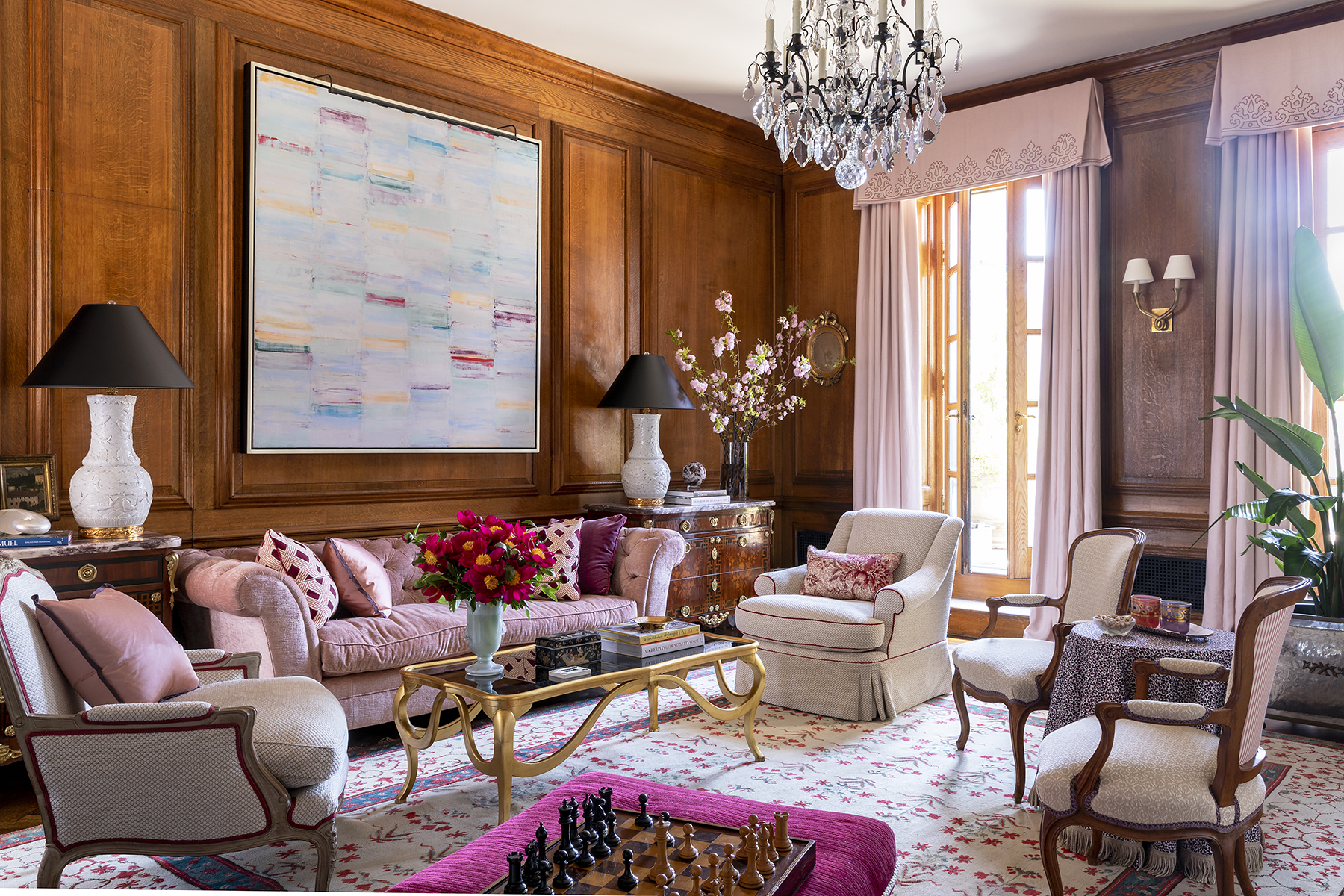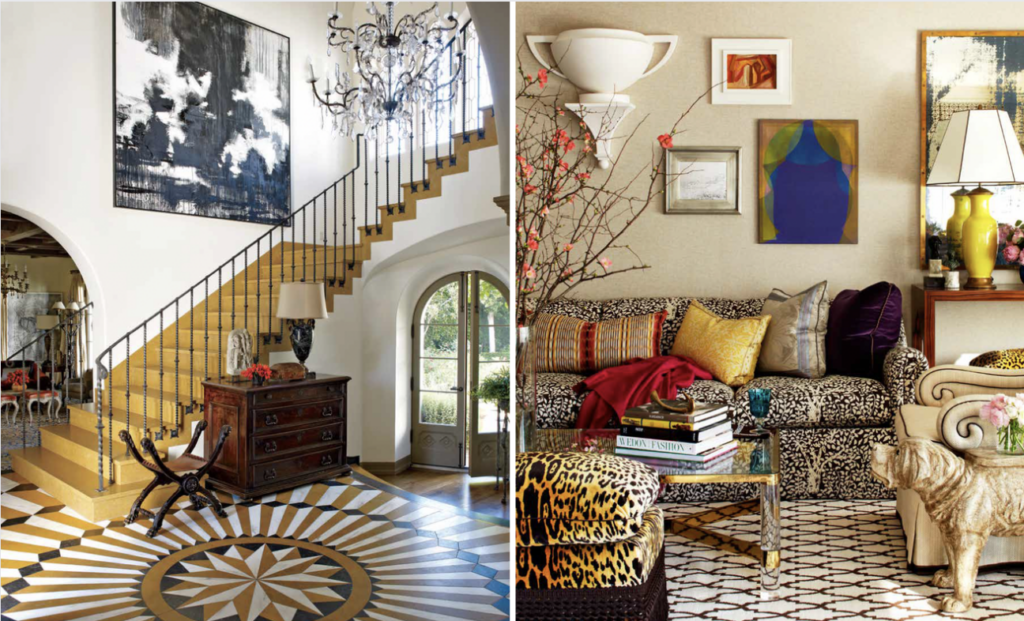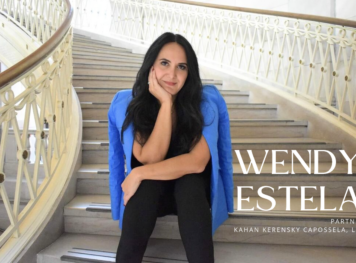
Designer: Bill Brockschmidt and Courtney Coleman of Brockschmidt and Coleman; more details below.
By Carl J. Dellatore

When designers ask me whether they need to have their work professionally photographed, my answer is always yes. While cellphone images are remarkable, having your work professionally photographed is an essential strategic investment for several reasons. In my view, high-quality photographs of completed projects are essential. In our visually driven industry, potential clients often make decisions based on what they see before they do more research into you and your firm.
For another perspective, I contacted my friend Laurie Lazure, the influential talent behind Interior Design Community, on social media platforms. She agrees, “The best way interior designers can attract better clients is with outstanding photography. Potential clients want to see that you can execute the work, and the only way to translate your craft is with beautiful photos. In the age of AI, true design photos will be even more important for your website and social media.”
Photographs document and preserve your work for posterity. Interior design is a transient art form—design evolves, spaces change, and trends come and go. Photographing your projects creates a lasting record of your creativity and expertise. These images are valuable assets that can be used for marketing, public relations and social media purposes long after the project is completed.
Considering PR: Beautifully photographed interiors provide designers with opportunities for exposure and recognition within the industry. Magazines, design books and online platforms feature stunning interior spaces, giving designers coveted opportunities to showcase their work to a broader audience.
Shelter publications have shifted over my 35 years in our industry, especially as outlets moved to digital platforms. Back in the day (that makes me feel old!), Architectural Digest, Elle Decor and the like had a cadre of photographers they commissioned to create images for the magazine, and the magazine had control over when and where the photos were seen.
Now, a talented photographer not only shoots your work, but also acts as a liaison to any number of magazine editors looking for work to promote on their websites. And there’s a distinct advantage to having your work appear online: While a print magazine is transient, a permalink is forever. When a potential client Googles you, these articles appear in search and reinforce your success.

That brings me back to my work in book publishing. What do I look for when creating a new book?
I look for visually captivating, innovative and conceptually rich work. Depending on the book’s theme, I look for work pushing boundaries, challenging conventions and projects demonstrating the current moment in American decorative arts. Originality is critical: I look for projects that offer unique perspectives. Digging deeper, I look for projects that tell a compelling visual story about the client’s lifestyle.
Here, I’m reminded of something the legendary designer Bunny Williams once told me, “What is always important to remember is that rooms are for living, not just for show.” That prompts me to ask an essential photo editing question. Is there evidence of humanity in a space?
Here, a talented stylist can be essential.

Stylists enhance the visual appeal of an interior designer’s work during photography by meticulously arranging furniture, flowers and accessories to create visually striking compositions. They help ensure every detail aligns with the designer’s vision, from adjusting pillows on a sofa to styling a coffee table. With expertise in spatial arrangements, stylists elevate the overall look and feel of the space, collaborating closely with the photographer to capture compelling images.
I’ll give you an example of why I think stylists are key: Several years ago, I was working on an interior design book featuring a subset of emerging designers working in America. One of the designers I chose to include had invested in professional photography, yet the images were missing the human element. Everything was perfect in the photos, and that was the problem. It was difficult to imagine someone living in their spaces. My solution was to ask the designer to consider reshooting the home, which they did, but with a stylist to assist. The spaces came to life—lit candles, flowers on the dining table and two dining chairs slightly ajar as if two dinner guests had just left the table. The stylist left slightly crumpled napkins at those settings, bringing the room to life.
As usual, it’s all in the details.
Stay updated on this series author, Carl Dellatore, by following his Instagram. About Carl Dellatore & Associates – provides designers, architects, and creatives with writing, editing, and copyediting services by an established team to effectively reveal your story.


